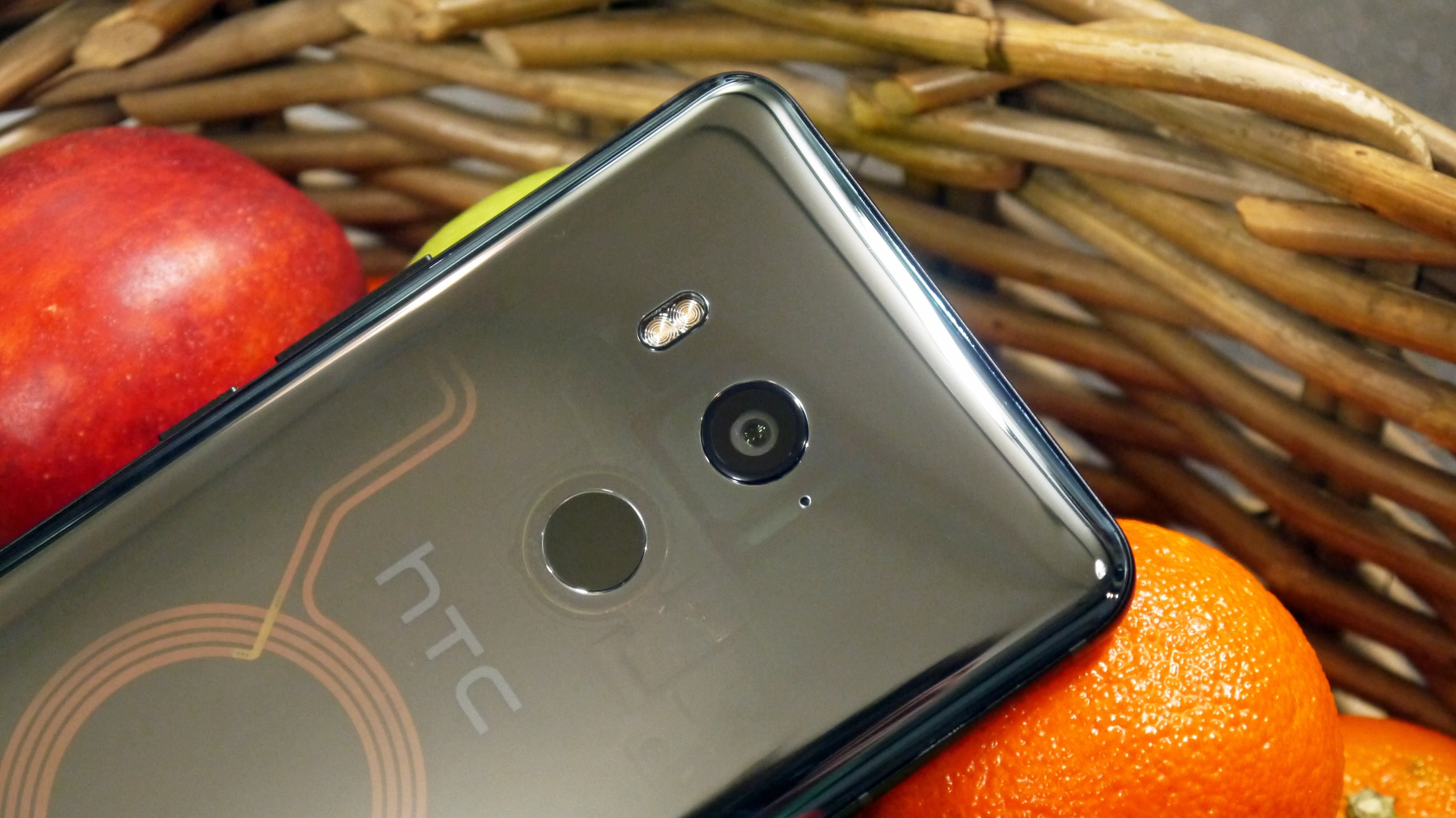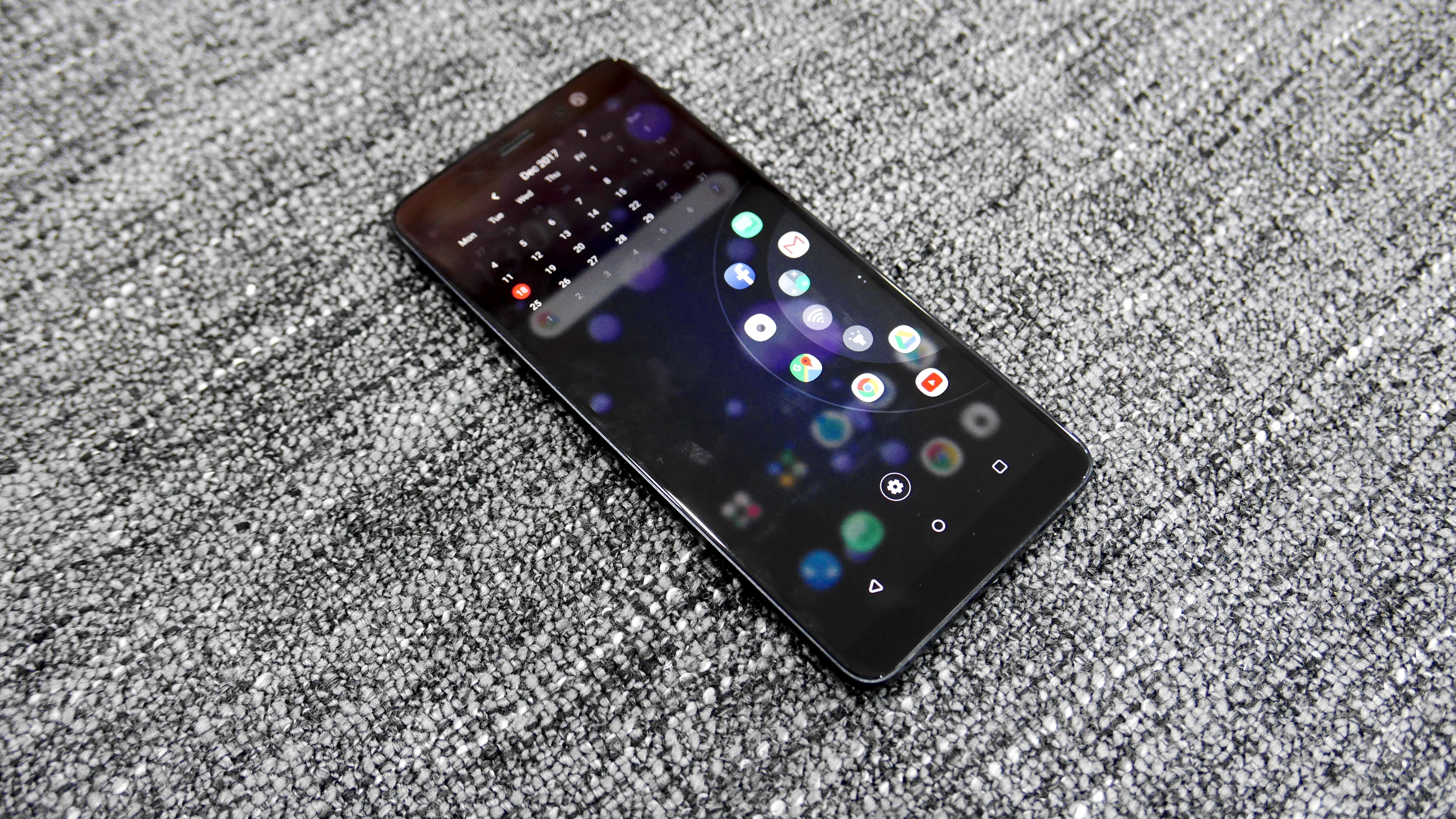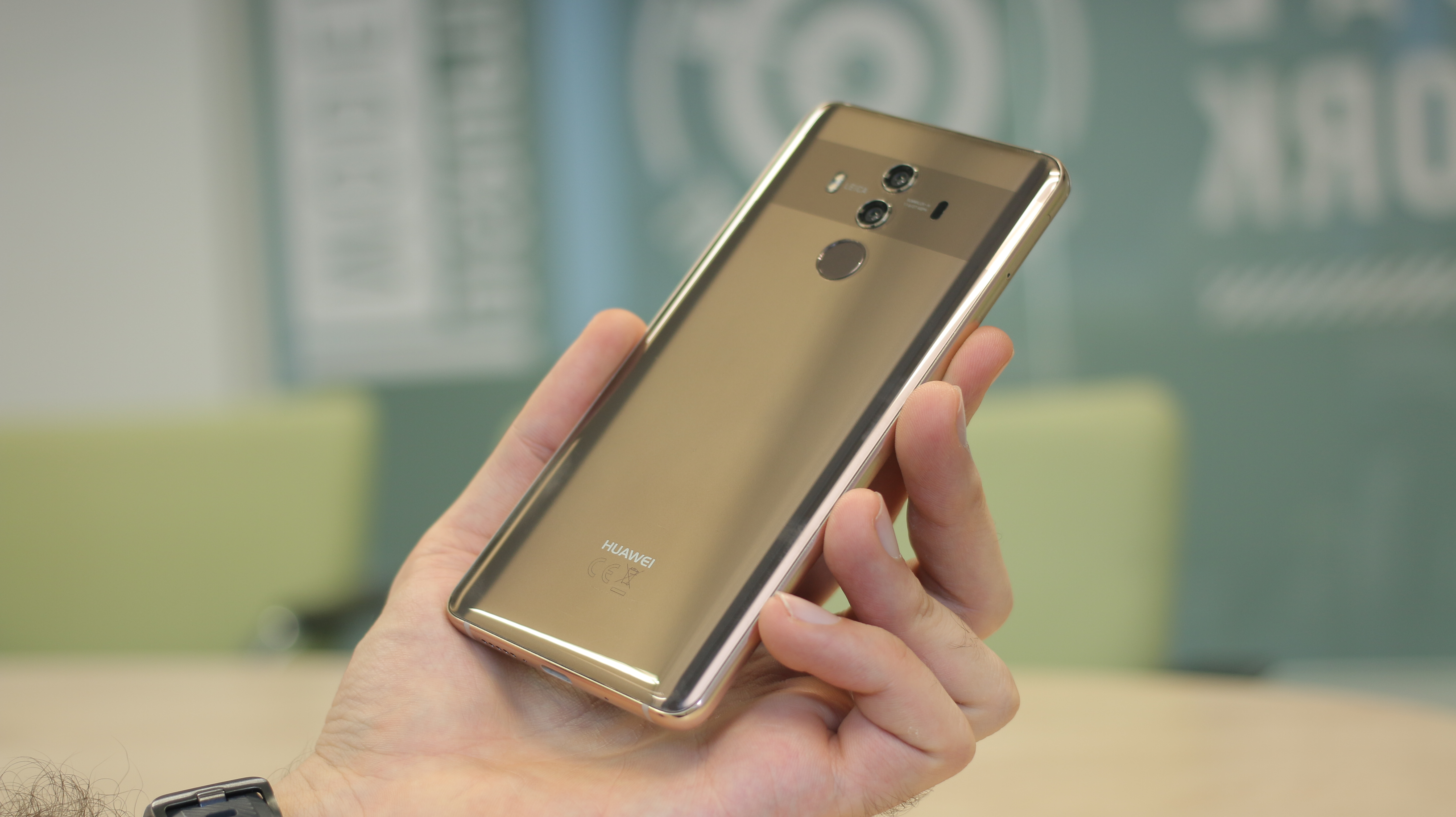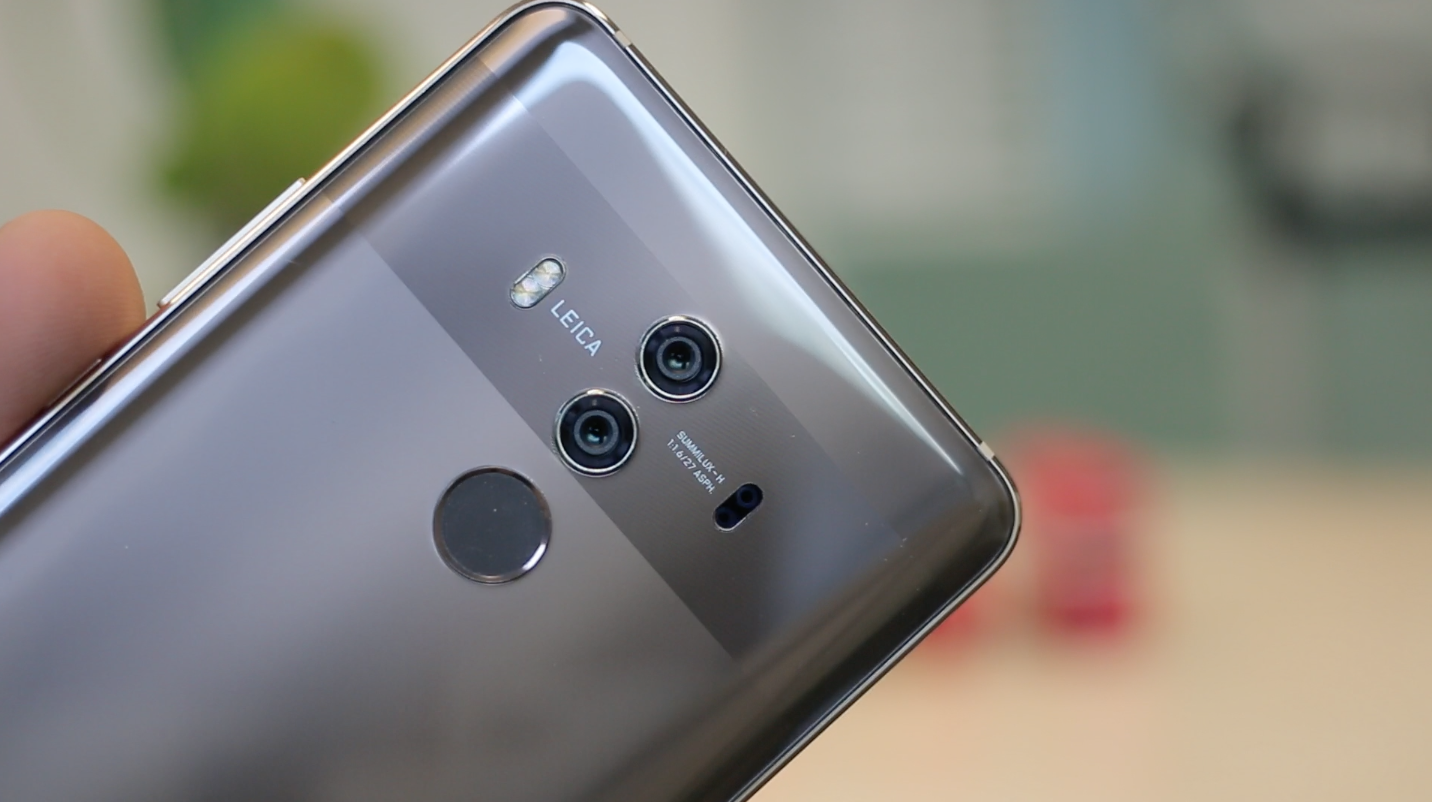It's spring which means that it's time for Huawei to unveil its latest P series flagship. While Huawei has previously used MWC to introduce its new handsets, the P20 Pro is such a massive update that Huawei rightly decided to hold a separate launch event for it.
With previous models of the P series, the difference between the regular and the Pro/Plus versions have been minimal- such as a slightly better camera. But that’s not the case with the 2018 edition.
The Huawei P20 Pro is a much more impressive phone than the Huawei P20. While both phones come sporting new designs, the P20 Pro is by far the better handset, with a larger screen and a huge camera upgrade compared to what we saw on the Huawei P10 Plus.
Below you’ll find everything you need to know about the Huawei P20 Pro. We will be publishing our hands-on review as soon as we get more time with the unit.
Cut to the chase
- What is it? Huawei's new top-end flagship phone
- When is it out? Some time in April
- What does it cost? Were expecting around AED 2,799'
Huawei P20 Pro price and release date
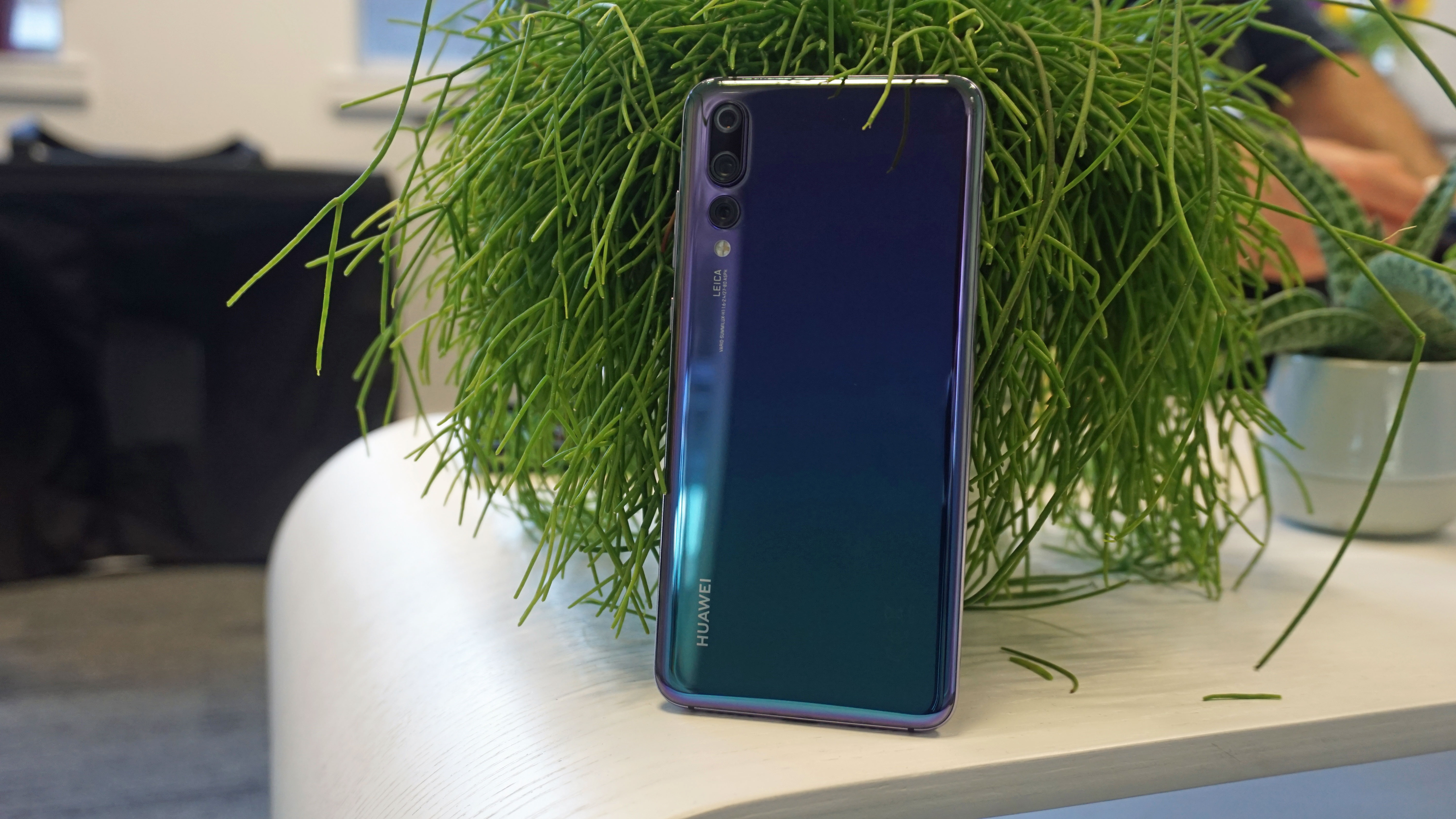
The P20 Pro was just announced at a launch event in Paris where Huawei announced it alongside its sibling, the P20. We don’t currently have any pricing details for either handset, but we expect to learn more on the pricing in UAE, Saudi Arabia and the rest of the Middle East soon.
Huawei has confirmed the phone will be coming to the UAE and Saudi Arabia in the next few weeks but an exact launch date is not yet known. The company usually holds a regional launch event for its flagship products where such details are announced and we expect the same for the P20 series.
Huawei P20 Pro design and display

We got a peek into Huawei's design language for the new P20 series through the nova 3e that was revealed last week. But where the move 3e felt light and mainstream, the P20 Pro is full-on premium.
Like the Mate 10 Pro, Huawei has made the switch to a glass back on the P20 Pro which is a departure from the full metal body unibody design we saw on previous years models.
The fingerprint sensor has moved from the back of the phone to below the display, and you can swipe left and right on it to navigate the phone if you’ve set it up in the settings. That seems like an odd decision because the sensor on nova 3e was placed on the back and worked well.
Exact dimensions of the phone are currently unclear, but we know it’s set to be 7.8mm thick and on the rear it’ll have Huawei branding down the side below the camera setup.
Unlike the Huawei P20, this phone is waterproof up to IP67, so you’ll be able to drop this in a puddle without worrying about flooding the internals. This is also Huawei’s justification for not including a 3.5mm headphone jack on the P20 Pro, which is a bit of a shame if you wanted to use wired headphones on this phone.
Color choices for Middle East will be Midnight Blue and Black at launch with the Twilight version following at a later stage.
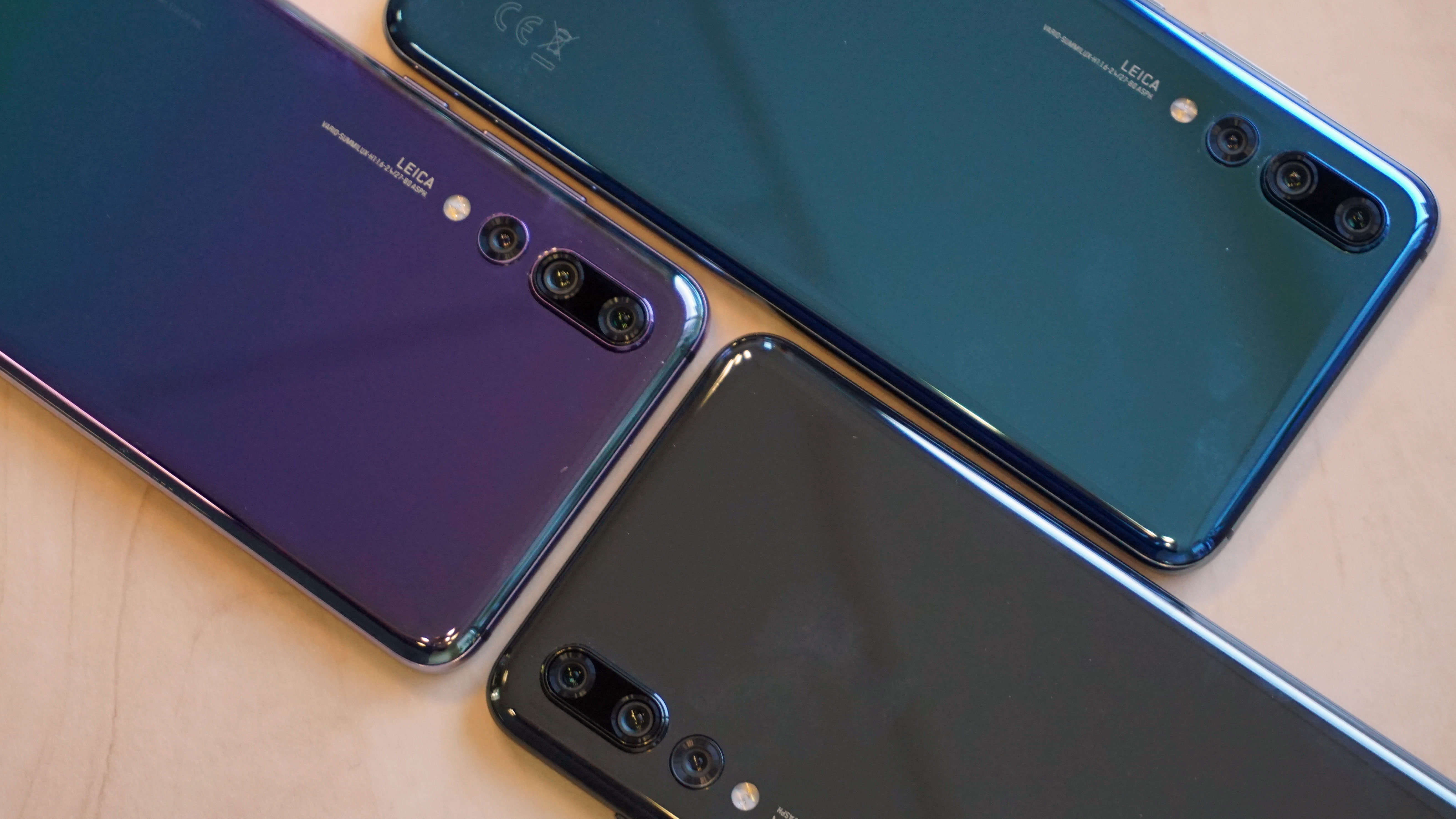
The trend for major manufacturers in 2018 is to opt for an 18:9 aspect ratio display, and Huawei has done that for the P20 Pro. It’s a 6.1-inch OLED screen with a resolution of 2240 x 1080.
That’s Full HD+, so we don’t expect the picture quality to be as high as on QHD products like the Samsung Galaxy S9. That being said, our time with the nova 3e didn't leave us asking for more in terms of screen sharpness so we expect the OLED screen on the P20 Pro to look just fine.
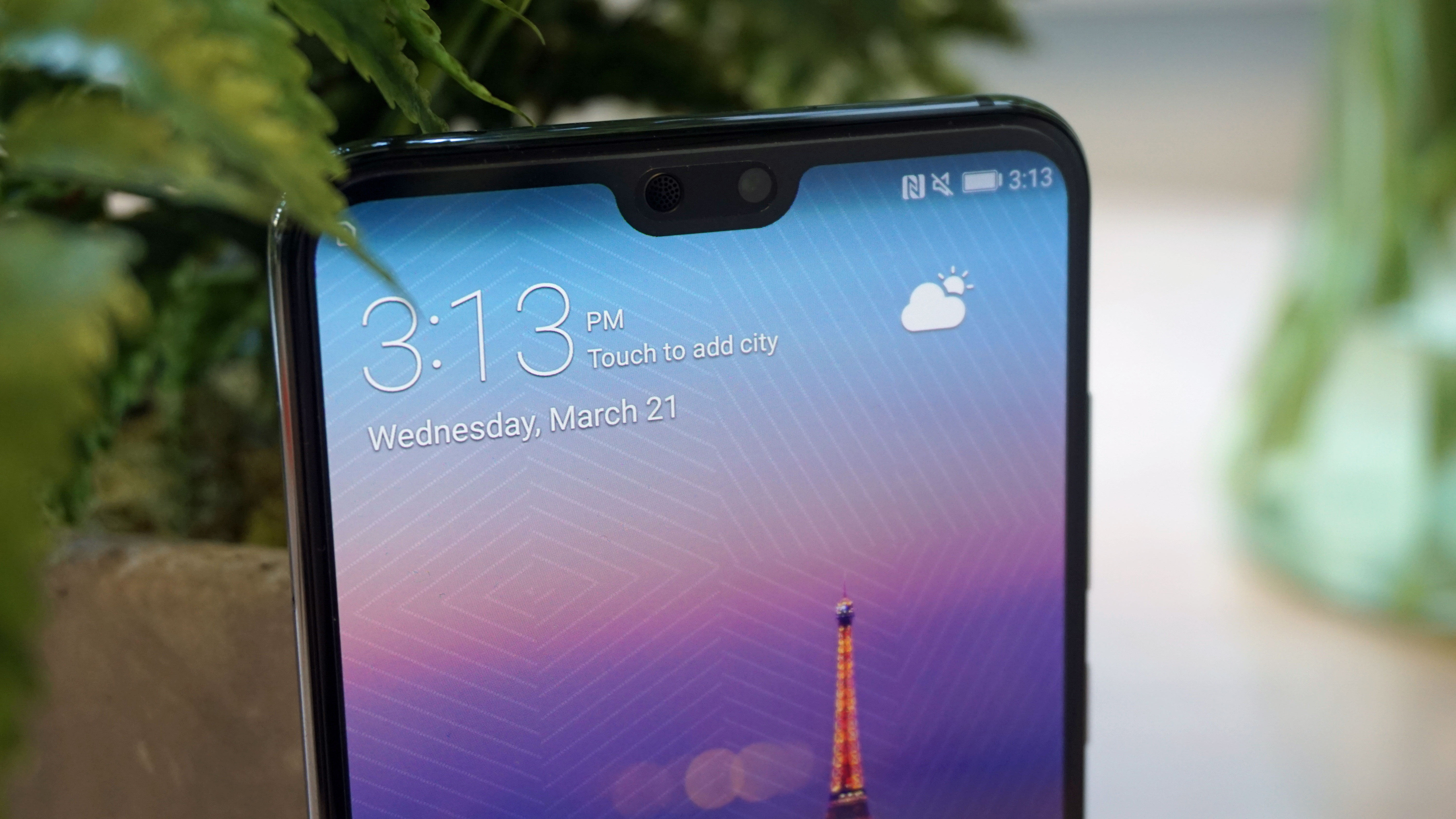
There’s a notch at the top of the screen, so you may initially think it looks like a lot of other phones. Inside that notch sits the front-facing camera and a few others features, but if you want to hide that you can head into the settings and find a way to block out a whole line at the top of the phone for notifications and other details.
Huawei P20 Pro specs and performance
As expected, the P20 Pro is powered by the HiSilicon Kirin 970 chipset that is made by Huawei and that we’ve seen before inside the Mate 10 and Mate 10 Pro.
Although we haven’t tested the P20 Pro extensively, the chipset was impressively quick and powerful inside those phones from last year so we’d expect a similar level of power on the P20.
Coupled with 6GB of RAM, it should be capable of handling anything thrown at it such as playing high-end games or editing photos.
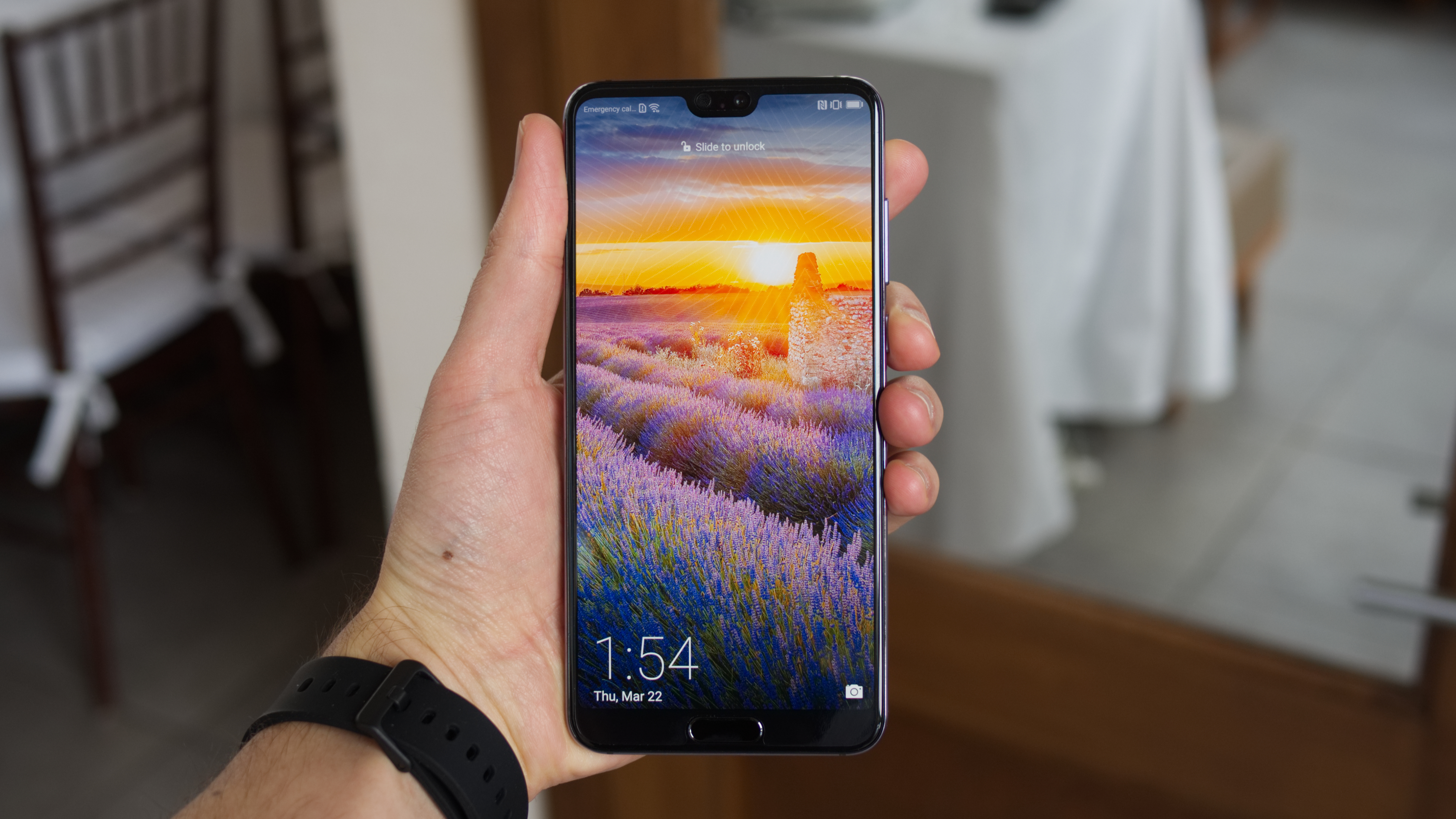
The chipset is also packed with artificial intelligence features that allow the phone to learn your habits and better optimize for them ahead of time.
The way the company usually shows this off is by showing how fast it can organize photos, but for your day-to-day use it should work out when you use your phone to better optimize the battery and offer a few camera features that we’ll explain in the section below.
There’s only one storage version of the P20 Pro and that comes with 128GB of space. As with other Huawei phones, there is an extra SIM card slot if you want to use dual SIM cards.
Huawei P20 Pro battery and OS
Inside the P20 Pro you’ll find a 4,000mAh battery powering the thing. That sounds big, but then it also has a large screen to power. We’ll be sure to test the battery in our full review when we can.
There’s fast-charging technology here as well, but there’s no wireless charging on the P20 Pro which is odd considering that Huawei has moved from a metal to a glass back which is more fragile.
Huawei’s latest handset also comes with Android 8.1 Oreo software onboard, but it won’t look like it does on the Google Pixel 2 or Pixel 2 XL as it comes with Huawei’s own overlay over the top.
It’s called Emotion UI (EMUI) 8.1 and adds extra features from Huawei including its Share app that allows you to upload photos, video and more to your laptop, and the Huawei Clone app that allows you to copy your phone data across to another device easily.
Other features within Emotion UI 8.1 are a little bit unclear at the moment but we’ll be sure to push it to its limits for the Huawei P20 Pro review and find out everything else it offers.
Huawei P20 Pro camera
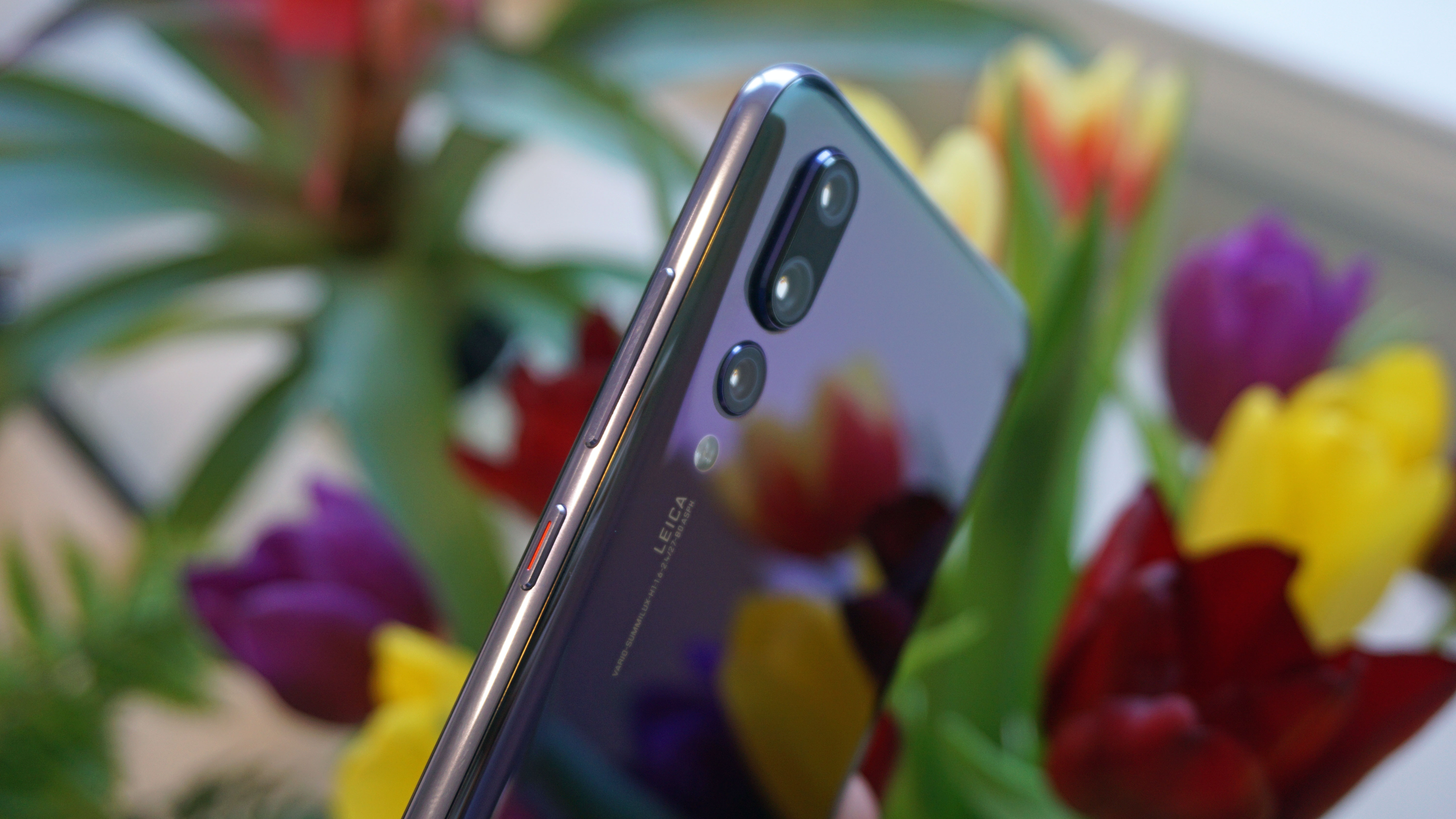
Where the Huawei P20 Pro really stands out from the P20 is with its rear camera. As all of the teasing and marketing has been about, this is the first phones to feature three cameras on the rear.
Huawei claims it has the highest pixel count on a smartphone ever, with a 40MP RGB sensor working alongside a 20MP monochrome one. The phone will then combine the same image from both to create highly detailed photos. Aperture-wise the monochrome is an f/1.6 and the RGB is f/1.8.
There’s also an 8MP telephoto sensor on the rear of the phone which can offer up to five times zoom.
That rear setup also comes with new features such as an improved white balance, larger pixel sizes than most of the competition and a 4-in-1 hybrid focus system.
Huawei’s AI features allow the camera to know what it’s pointing at. If you point the rear cameras at a plate of food it should be able to identify it and use its AI smarts to optimize the settings perfectly for taking photos of food.
There are a bunch of new modes with six different scene detections, including fireworks and waterfall.
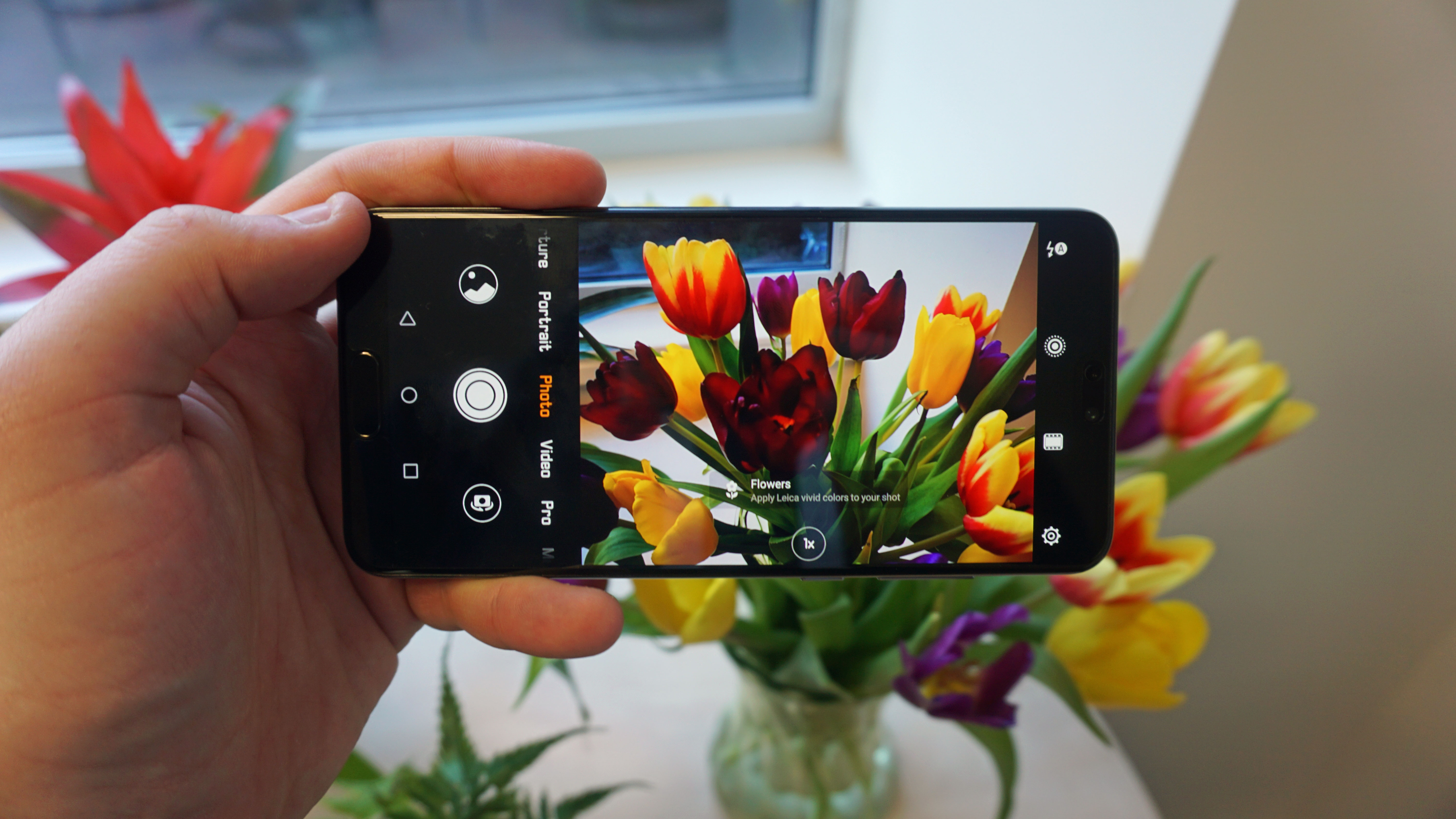
As for video, the main new feature is a Super Slow Motion mode that can record at 960 frames per second in 720p. That’s the same as the Samsung Galaxy S9, but not as good as the Sony Xperia XZ2 and Xperia XZ2 Compact.
On the front you get a 24MP camera, which is far more megapixels than most front-facing cameras. We’ll let you know how much difference all those pixels make when we’ve put the P20 Pro through a full review.


